-
 bitcoin
bitcoin $122659.385674 USD
0.52% -
 ethereum
ethereum $4484.113342 USD
-0.09% -
 bnb
bnb $1304.229256 USD
-0.85% -
 tether
tether $1.000204 USD
-0.03% -
 xrp
xrp $2.860636 USD
-0.51% -
 solana
solana $227.288799 USD
2.36% -
 usd-coin
usd-coin $0.999805 USD
0.01% -
 dogecoin
dogecoin $0.252837 USD
1.18% -
 tron
tron $0.341149 USD
1.12% -
 cardano
cardano $0.830507 USD
0.33% -
 hyperliquid
hyperliquid $45.792319 USD
0.04% -
 chainlink
chainlink $22.422164 USD
1.55% -
 ethena-usde
ethena-usde $1.000283 USD
0.01% -
 sui
sui $3.511389 USD
0.83% -
 stellar
stellar $0.385276 USD
-0.44%
How is the liquidation price calculated for Bitcoin futures?
The liquidation price in Bitcoin futures is the point at which a position is auto-closed due to insufficient margin, influenced by leverage, entry price, and maintenance requirements.
Sep 28, 2025 at 11:36 am
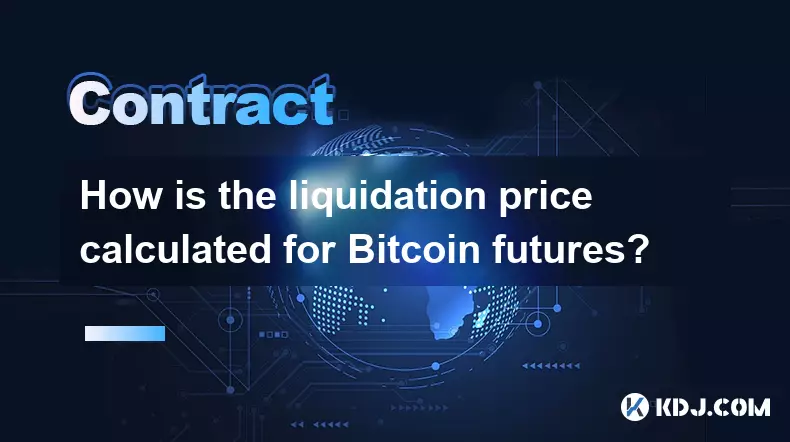
Understanding Liquidation Price in Bitcoin Futures
1. The liquidation price in Bitcoin futures represents the market price at which a trader’s position is automatically closed by the exchange due to insufficient margin. This mechanism protects both the trader and the platform from further losses when equity falls below maintenance requirements.
2. Exchanges calculate this value based on several factors including entry price, leverage used, contract size, initial margin, and fees. Traders using high leverage face lower liquidation thresholds, increasing risk during volatile market swings.
3. For long positions, the liquidation price is generally below the entry price, while for short positions, it lies above. The exact point depends on how much unrealized loss the account can absorb before breaching the maintenance margin level.
4. Different exchanges apply slightly varied formulas depending on whether contracts are inverse or linear, and whether they use cross or isolated margin modes. These structural differences influence sensitivity to price movements and funding rates.
Key Components Influencing Liquidation Calculations
1. Entry Price serves as the baseline for determining profit or loss. As the current market price diverges from this point, the unrealized PnL affects available margin and brings the position closer to liquidation.
2. Leverage and Position Size directly impact exposure. Higher leverage amplifies gains but also accelerates the path to liquidation because less price movement is needed to erode equity.
3. Maintenance Margin is the minimum required balance to keep a position open. Once equity drops to this level, the system triggers liquidation to prevent negative balances.
4. Funding payments in perpetual contracts can gradually reduce available margin over time, especially if consistently paid out. While not part of the core formula, these recurring costs indirectly affect proximity to liquidation.
Calculation Methods Across Contract Types
1. In inverse futures (quoted in USD, settled in BTC), the liquidation price formula accounts for the non-linear relationship between price changes and BTC-denominated margin. A simplified version for longs is: Liquidation Price = Entry Price / (1 + (1/Leverage) - Maintenance Margin Rate).
2. Linear contracts (quoted and settled in USD) use a more straightforward model where losses are proportional. Here, liquidation occurs when cumulative loss equals initial margin minus maintenance margin, converted into a price distance from entry.
3. Cross-margin systems pool all available balance to support open positions, delaying liquidation compared to isolated margin, where only designated funds back a single trade. However, cross setups risk total account wipeout under extreme moves.
4. Some platforms employ partial liquidation models, closing portions of large positions incrementally rather than wiping them entirely at one price point. This reduces systemic strain during flash crashes.
Factors That Shift Liquidation Levels Dynamically
1. Changing Maintenance Requirements: Exchanges may adjust maintenance margin rates based on volatility or liquidity conditions, altering liquidation prices without any action from the trader.
2. Fees and Funding: Taker fees and periodic funding payments subtract from available equity. Over extended holding periods, these deductions shift the effective liquidation threshold even if price remains static.
3. Insurance Fund Thresholds: Platforms with insurance funds might delay liquidation slightly beyond theoretical levels to allow for orderly unwinding, though this varies widely across venues.
4. Mark Price vs Last Price: To avoid manipulation, most exchanges use mark price—derived from spot indices and funding premiums—for liquidation checks instead of last traded price, preventing unfair triggers during thin markets.
Frequently Asked Questions
What is the difference between mark price and last price in liquidation?The mark price is an index-based fair value used to determine liquidations, protecting against price manipulation in illiquid order books. Last price reflects actual trades, which can be misleading during rapid spikes or gaps. Exchanges rely on mark price to ensure fairness.
Can I avoid liquidation after it's triggered?Once initiated, liquidation cannot be canceled. However, some platforms allow users to add margin before the system detects a breach, effectively moving the liquidation price further away from current market levels.
Do all exchanges calculate liquidation the same way?No. Calculation methods differ based on contract design, margining approach, and risk controls. Traders must review each platform’s documentation to understand nuances in their liquidation engine and pricing models.
Why does my liquidation price change even when Bitcoin’s price is stable?Adjustments in funding rates, maintenance margins, or mark price calculations can shift the liquidation level dynamically. Even without price movement, these background mechanisms influence the threshold at which positions are closed.
Disclaimer:info@kdj.com
The information provided is not trading advice. kdj.com does not assume any responsibility for any investments made based on the information provided in this article. Cryptocurrencies are highly volatile and it is highly recommended that you invest with caution after thorough research!
If you believe that the content used on this website infringes your copyright, please contact us immediately (info@kdj.com) and we will delete it promptly.
- CEA Industries & Jon Najarian: Bridging Traditional Finance with BNB
- 2025-10-09 21:05:16
- Binance Alpha's AB Token Crash: A Cautionary Tale in Cryptocurrency
- 2025-10-09 20:45:17
- Crypto Investors Embrace Stock-Picking: Bitwise CEO's Insight
- 2025-10-09 21:05:16
- Coinbase, Cruise, and Crypto Compliance: Navigating the Waters of Digital Finance
- 2025-10-09 21:10:12
- Crypto ETFs, Altcoins, and Wall Street: Navigating the New Frontier
- 2025-10-09 20:45:17
- Bitcoin's Decade of Dominance: A Super Reason to Hold for the Next 10 Years?
- 2025-10-09 20:25:15
Related knowledge

How to calculate the ROI for Ethereum contracts?
Oct 09,2025 at 04:36pm
Understanding Ethereum Contract ROI Basics1. Return on Investment (ROI) for Ethereum contracts begins with tracking the initial capital deployed into ...
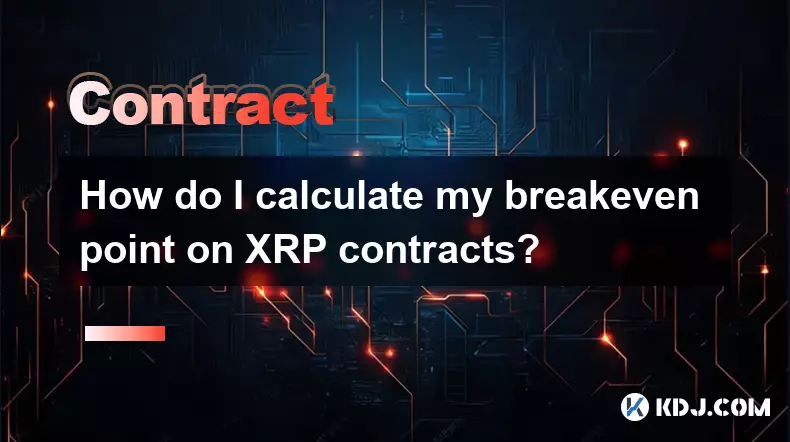
How do I calculate my breakeven point on XRP contracts?
Oct 09,2025 at 08:36pm
Understanding the Breakeven Point in XRP Futures TradingCalculating the breakeven point for XRP contracts is essential for traders who engage in futur...

What are the settlement procedures for XRP contracts?
Oct 09,2025 at 04:01pm
Understanding XRP Futures and Derivative Contracts1. XRP derivative contracts are typically offered by cryptocurrency exchanges that support margin tr...

How to reduce trading fees for Bitcoin contracts?
Oct 09,2025 at 02:37pm
Understanding Bitcoin Contract Trading Fees1. Trading fees on Bitcoin contracts are typically charged by exchanges for executing buy and sell orders. ...
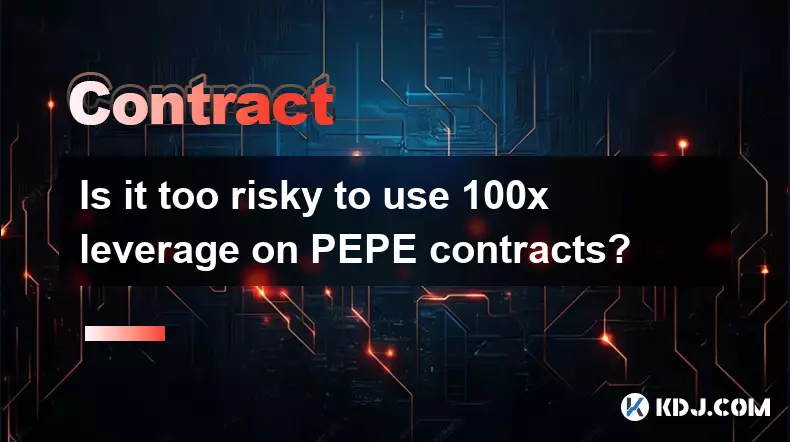
Is it too risky to use 100x leverage on PEPE contracts?
Oct 09,2025 at 04:18pm
Understanding 100x Leverage in PEPE Contracts1. Trading PEPE contracts with 100x leverage allows traders to control a much larger position using a sma...
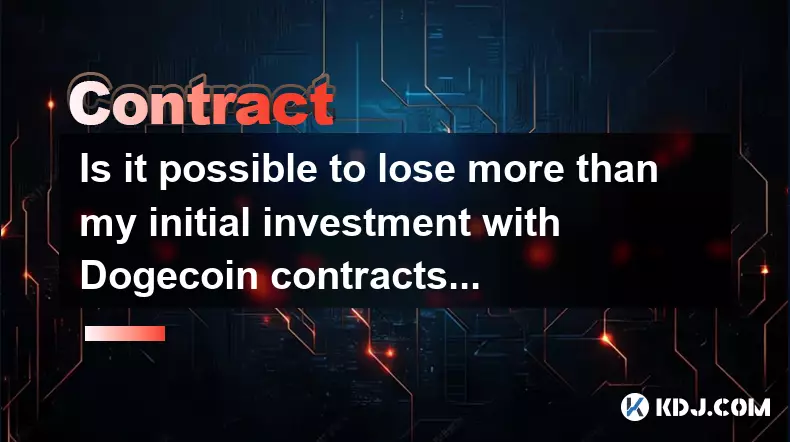
Is it possible to lose more than my initial investment with Dogecoin contracts?
Oct 09,2025 at 02:00pm
Understanding the Risks of Dogecoin Futures Trading1. Trading Dogecoin futures contracts introduces financial exposure that extends beyond the origina...

How to calculate the ROI for Ethereum contracts?
Oct 09,2025 at 04:36pm
Understanding Ethereum Contract ROI Basics1. Return on Investment (ROI) for Ethereum contracts begins with tracking the initial capital deployed into ...

How do I calculate my breakeven point on XRP contracts?
Oct 09,2025 at 08:36pm
Understanding the Breakeven Point in XRP Futures TradingCalculating the breakeven point for XRP contracts is essential for traders who engage in futur...

What are the settlement procedures for XRP contracts?
Oct 09,2025 at 04:01pm
Understanding XRP Futures and Derivative Contracts1. XRP derivative contracts are typically offered by cryptocurrency exchanges that support margin tr...

How to reduce trading fees for Bitcoin contracts?
Oct 09,2025 at 02:37pm
Understanding Bitcoin Contract Trading Fees1. Trading fees on Bitcoin contracts are typically charged by exchanges for executing buy and sell orders. ...

Is it too risky to use 100x leverage on PEPE contracts?
Oct 09,2025 at 04:18pm
Understanding 100x Leverage in PEPE Contracts1. Trading PEPE contracts with 100x leverage allows traders to control a much larger position using a sma...

Is it possible to lose more than my initial investment with Dogecoin contracts?
Oct 09,2025 at 02:00pm
Understanding the Risks of Dogecoin Futures Trading1. Trading Dogecoin futures contracts introduces financial exposure that extends beyond the origina...
See all articles

























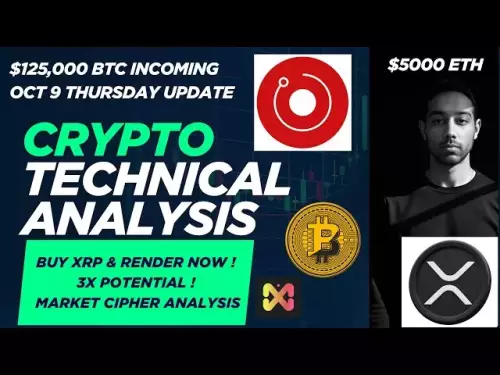
![🚨IS VECHAIN (VET) A DEAD COIN ?? PRICE ANALYSIS [GET READY NOW] 🚨IS VECHAIN (VET) A DEAD COIN ?? PRICE ANALYSIS [GET READY NOW]](/uploads/2025/10/09/cryptocurrencies-news/videos/vechain-vet-dead-coin-price-analysis-ready/68e7b200b067b_image_500_375.webp)















































